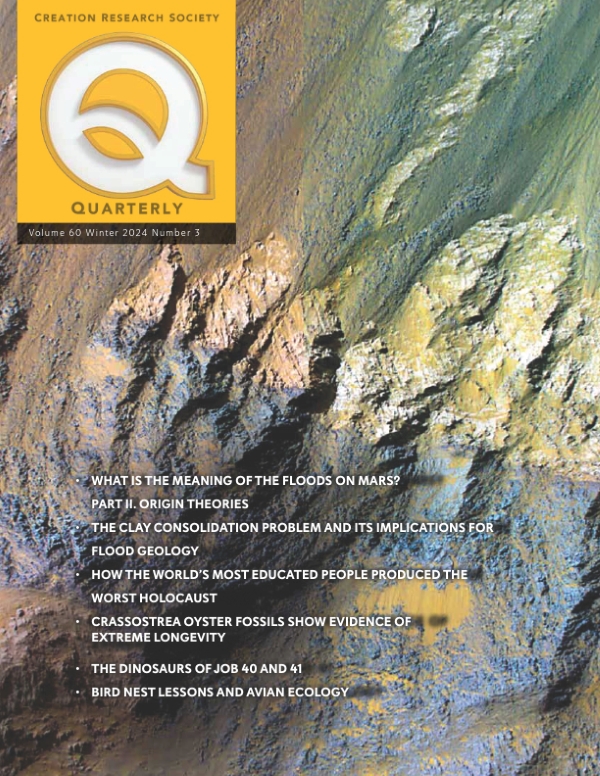
ABSTRACTS
The cornerstone assumption of all Flood Geology models is that rocks can form quickly (i.e., within the timeframe of months to years). However, to date, only isolated examples from the field have been used to support the hypothesis without any quantitative justification. This paper therefore presents the theoretical basis (originally set out by Terzaghi, 1922) for determining the timescales for the first phase of lithification, the mechanical compaction of the sediment under its self-weight (otherwise known as consolidation). The paper demonstrates that when basic soil mechanics theory is applied to the consolidation of thick clay layers of the order of 1,000 m such as those found in the North Sea, Gulf of Mexico, and the Caspian Sea, the timescales predicted for compaction are orders of magnitude greater than is currently assumed. Additionally, it is shown that there is a physical limit to the rate at which sediment can accumulate without creating excessive pore pressure and inducing geotechnical failures. For clay, this limit is approximately 0.1 m/yr, and, for silt, approximately 10 m/yr.
